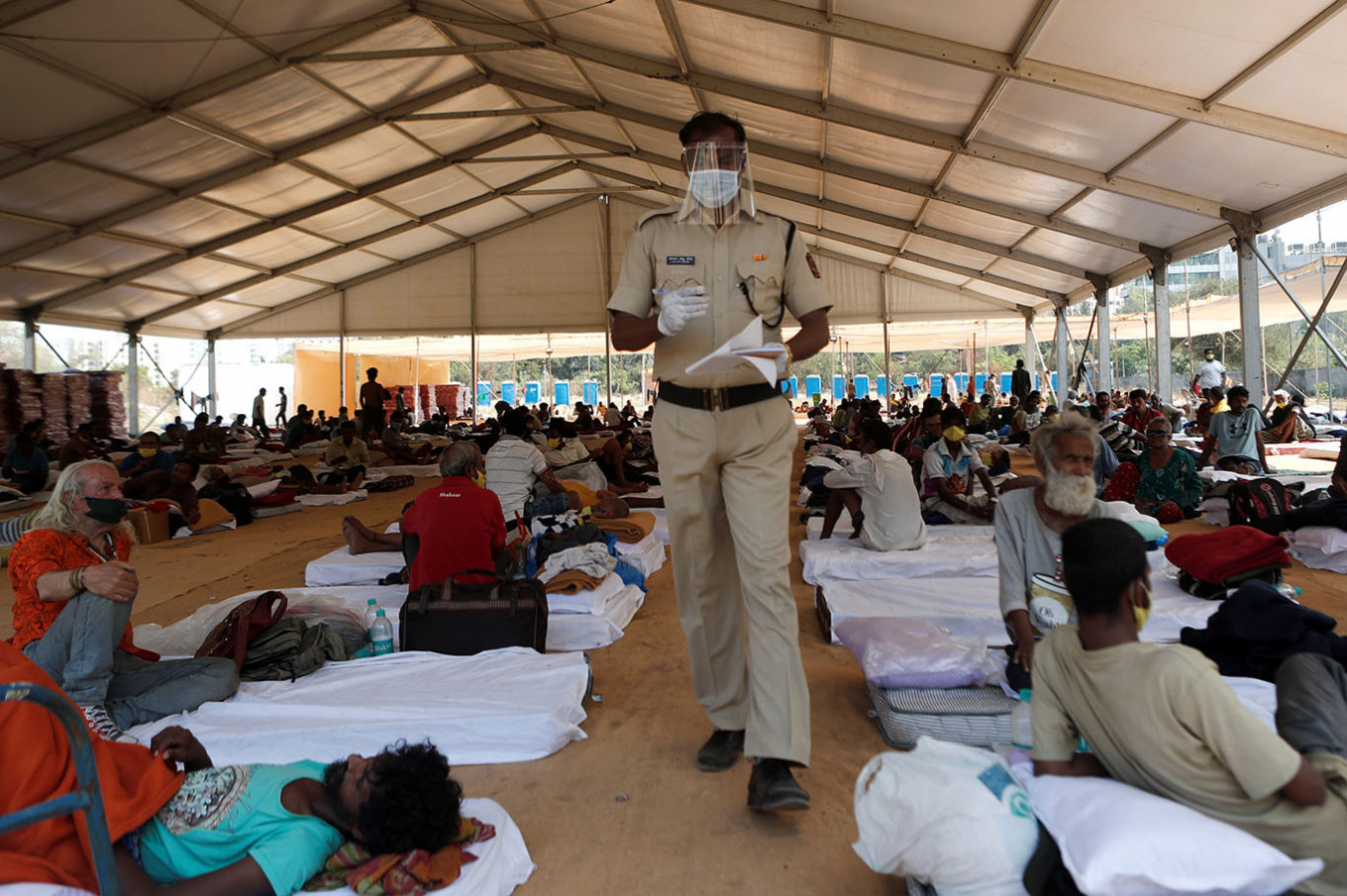Popular Reads
Top Results
Can't find what you're looking for?
View all search resultsPopular Reads
Top Results
Can't find what you're looking for?
View all search resultsOdd number in India coronavirus testing data sparks questions
Every day for over a week in late March, government data on the difference between the number of overall samples tested and number of individuals tested remained exactly the same - 890.
Change text size
Gift Premium Articles
to Anyone
A statistical oddity in India's new coronavirus testing numbers has sparked questions about the country's data management.
Every day for over a week in late March, government data on the difference between the number of overall samples tested and number of individuals tested remained exactly the same - 890.
That is despite both sets of numbers increasing every day.
While the number of overall tests will be greater than or equal to the number of individuals tested, given some people get re-tested, the repetition of the number baffled experts.
"When it is exactly 890 [repeatedly], that needs further explanation," said India-based epidemiologist Tanmay Mahapatra.
The recurrence of the 890-gap in the Indian Council of Medical Research's data was reported by data journalism outlet IndiaSpend.
The issue has reignited researchers' calls for the Indian government to share more granular data. Giridhar Babu, a professor of epidemiology with the Public Health Foundation of India, said that would allow researchers to spot potential issues with numbers more quickly.
A researcher advising the Indian government on modelling the virus's spread said his team had been "tearing [their] hair out" trying to get authorities to ramp up testing.
"Now, it seems we can't even trust the little data we have," said the researcher, asking to remain anonymous to avoid repercussions from authorities.
The gap stems from counting Indians evacuated from abroad who were tested twice, Rajni Kant, a doctor with the Indian Council of Medical Research, told Reuters on Monday. The government said in March that 890 people had been evacuated from overseas.
That suggests authorities appeared to have been subtracting 890 from the overall number of samples tested to provide an approximation of the number of tested individuals.
Overall, India has conducted a little more than 96,000 tests, a tiny proportion of its 1.3-billion population.
Reporting forms did not initially have any way to signal if an individual had already been tested, according to employees at two testing centres interviewed by Reuters.
New government forms issued in recent days, however, include the question, "Is this a repeated sample?"










